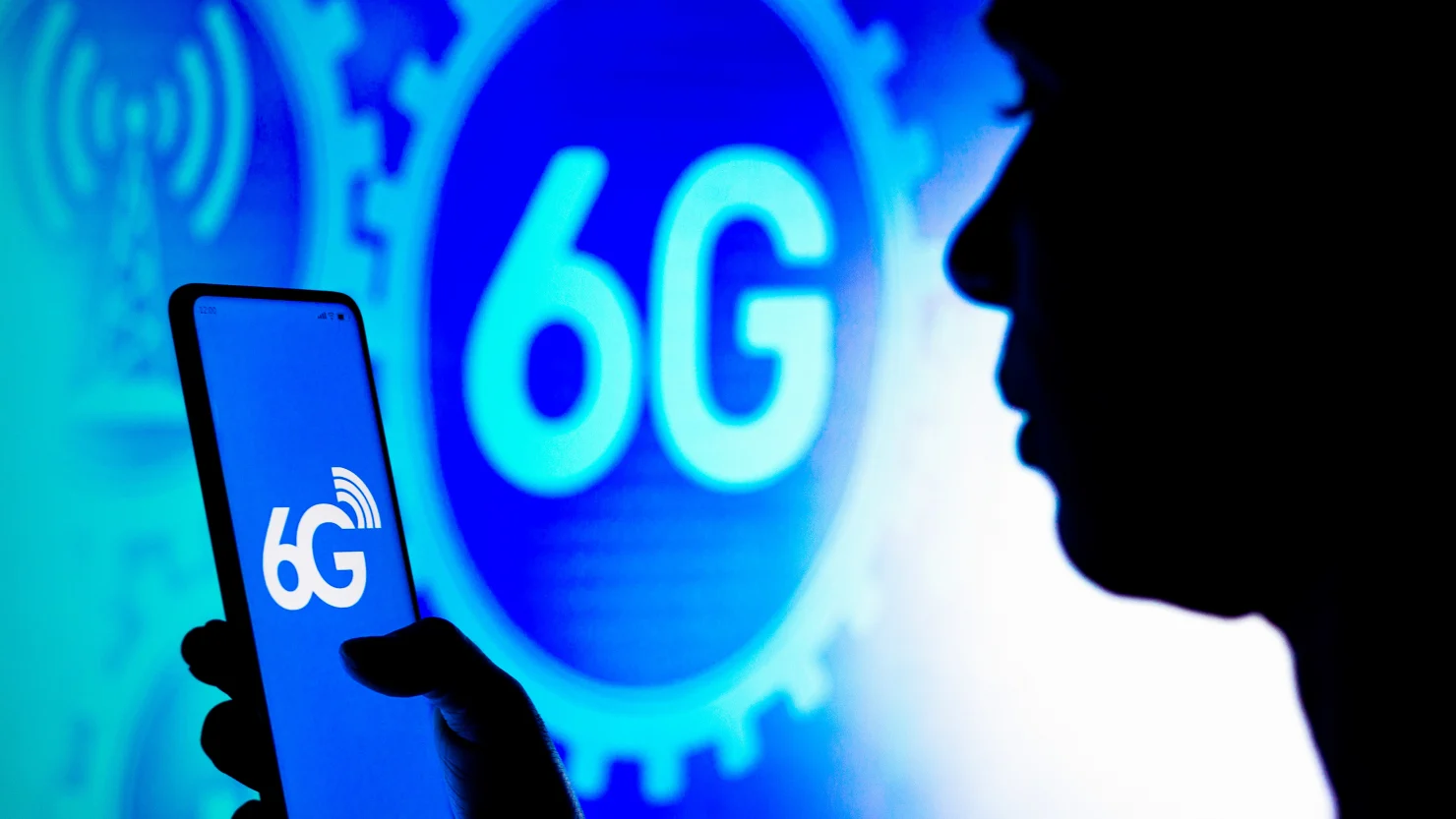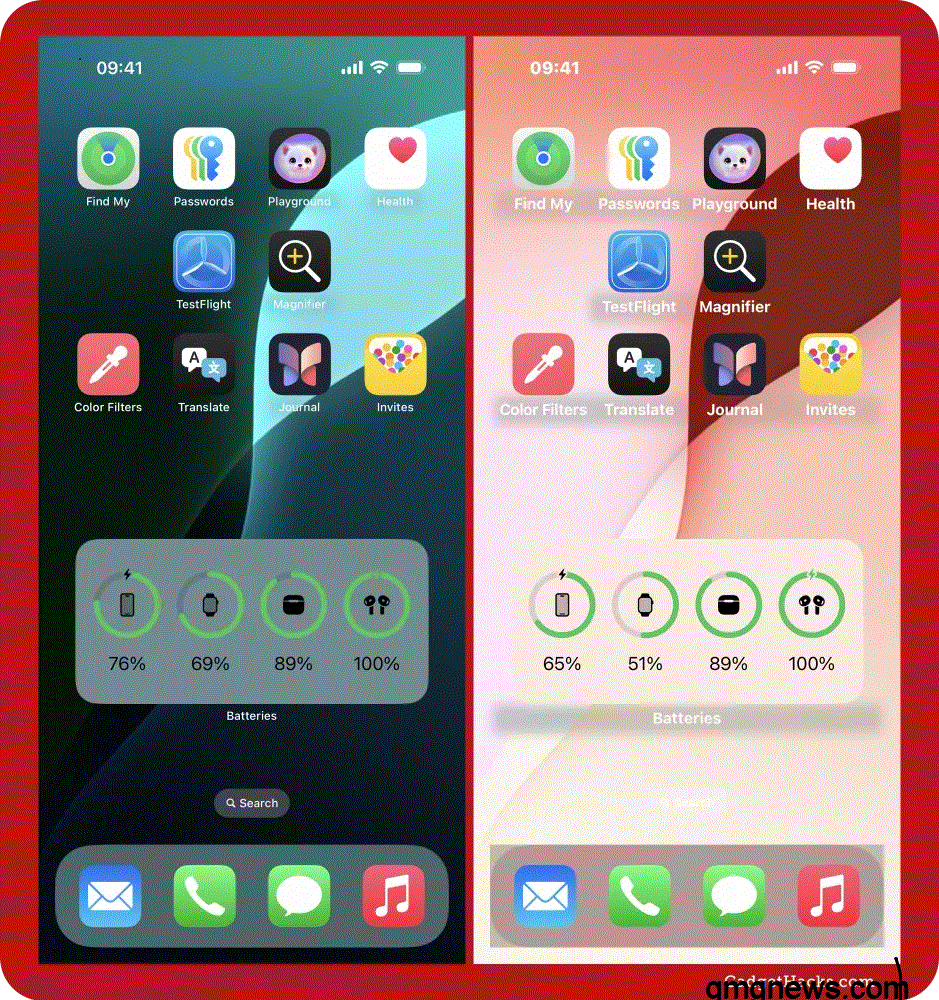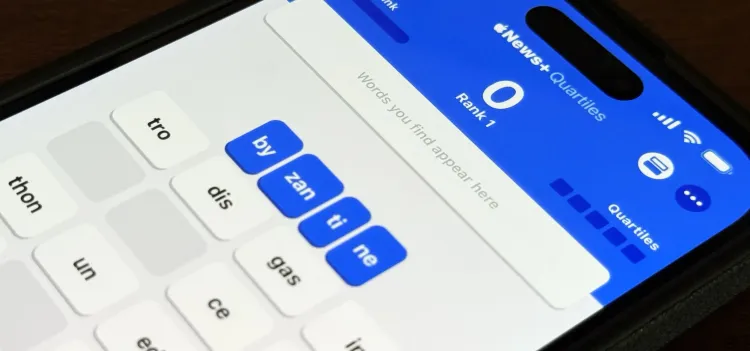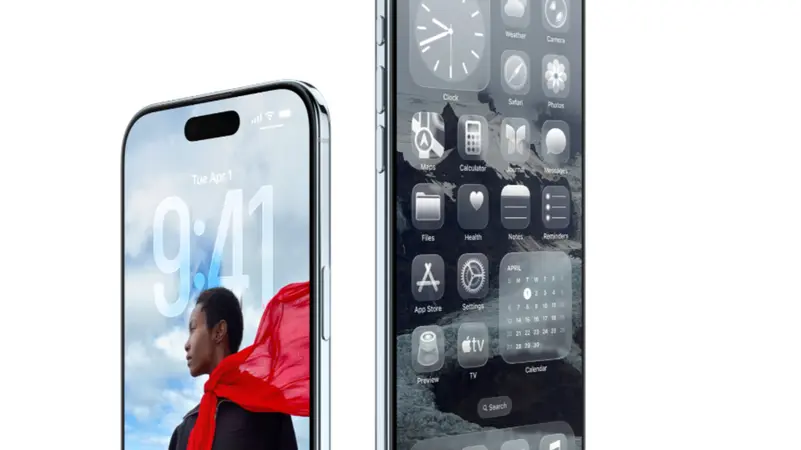6G Networks on the Horizon: What It Means for the Future of Our Phones

As the world adapts to 5G, researchers and telecom companies are already developing 6G networks, promising speeds and connectivity beyond current capabilities. But what does 6G mean for the future of smartphones and mobile technology? For continuous updates on network innovations, visit our Technology section.
Evolution of Mobile Networks
Mobile networks have advanced rapidly over the last few decades. From 2G voice calls to 4G LTE, and now widespread 5G, each generation has expanded possibilities for communication, streaming, and connectivity. 6G is expected to redefine mobile experiences, offering ultra-low latency, higher bandwidth, and seamless integration with AI systems. Learn more at our Technology page.
Speed and Bandwidth Improvements
6G promises data speeds up to 100 times faster than 5G, enabling instant downloads, real-time cloud computing, and streaming in ultra-high resolution. Such capabilities will transform gaming, content creation, and mobile productivity. Users will experience unprecedented responsiveness and efficiency. Explore more about network advancements at our Technology section.
Latency and Real-Time Interaction
One of 6G’s critical improvements is near-zero latency, which allows real-time interaction in applications like AR/VR, autonomous vehicles, and remote surgery. Smartphones will become even more integral to life and work, acting as hubs for immersive digital experiences. For insights on latency and real-time tech, check our Technology page.
AI Integration in 6G Networks
6G networks will integrate AI at their core, optimizing data flow, predicting traffic patterns, and ensuring network reliability. Smartphones will leverage these capabilities for faster, smarter, and more energy-efficient performance. Learn more about AI-powered networks at our Technology section.
Impact on Mobile Applications
The enhanced capabilities of 6G will enable new mobile applications previously impossible on 5G or 4G networks. This includes holographic communications, cloud gaming, and real-time collaborative apps, all accessible from your smartphone. Discover more about futuristic apps at our Technology page.
Connectivity for IoT Devices
6G will connect billions of Internet-of-Things (IoT) devices seamlessly. Smartphones will act as central controllers, interacting with smart homes, wearables, and vehicles in real-time. Users will enjoy unprecedented automation and convenience. Explore IoT connectivity at our Technology section.
Security and Privacy Challenges
With faster networks and more connected devices, security becomes paramount. 6G will incorporate advanced encryption and AI-powered threat detection to safeguard personal data. Smartphones will benefit from these protections, ensuring privacy even in highly connected environments. For updates on mobile security, visit our Technology page.
Industry Readiness and Adoption
Telecom companies are already testing 6G prototypes, aiming for commercial deployment by the early 2030s. Smartphone manufacturers will need to adapt devices for 6G compatibility, including new antennas, chipsets, and software optimizations. Stay informed on rollout plans at our Technology section.
Potential Challenges
While 6G is promising, challenges include infrastructure costs, standardization, and energy efficiency. Governments and tech companies are collaborating to address these issues, ensuring that 6G networks are both sustainable and widely accessible. Learn more about these developments at our Technology page.
6G networks promise to transform the smartphone experience, delivering faster speeds, lower latency, AI integration, and connectivity with billions of devices. As the technology matures, users can expect smarter, faster, and more immersive mobile experiences. For continuous news and insights on next-generation networks, follow our Technology section.




